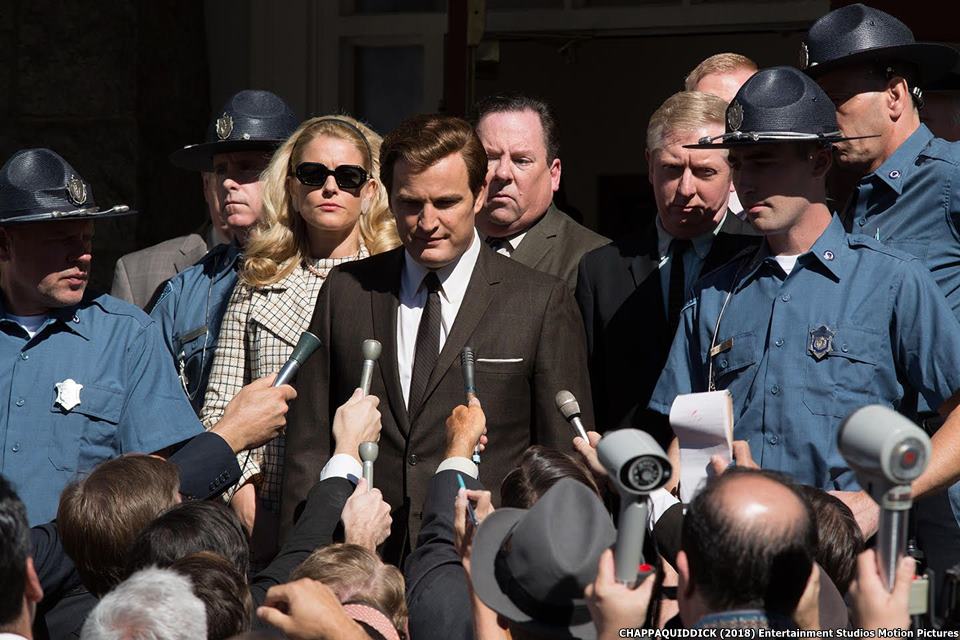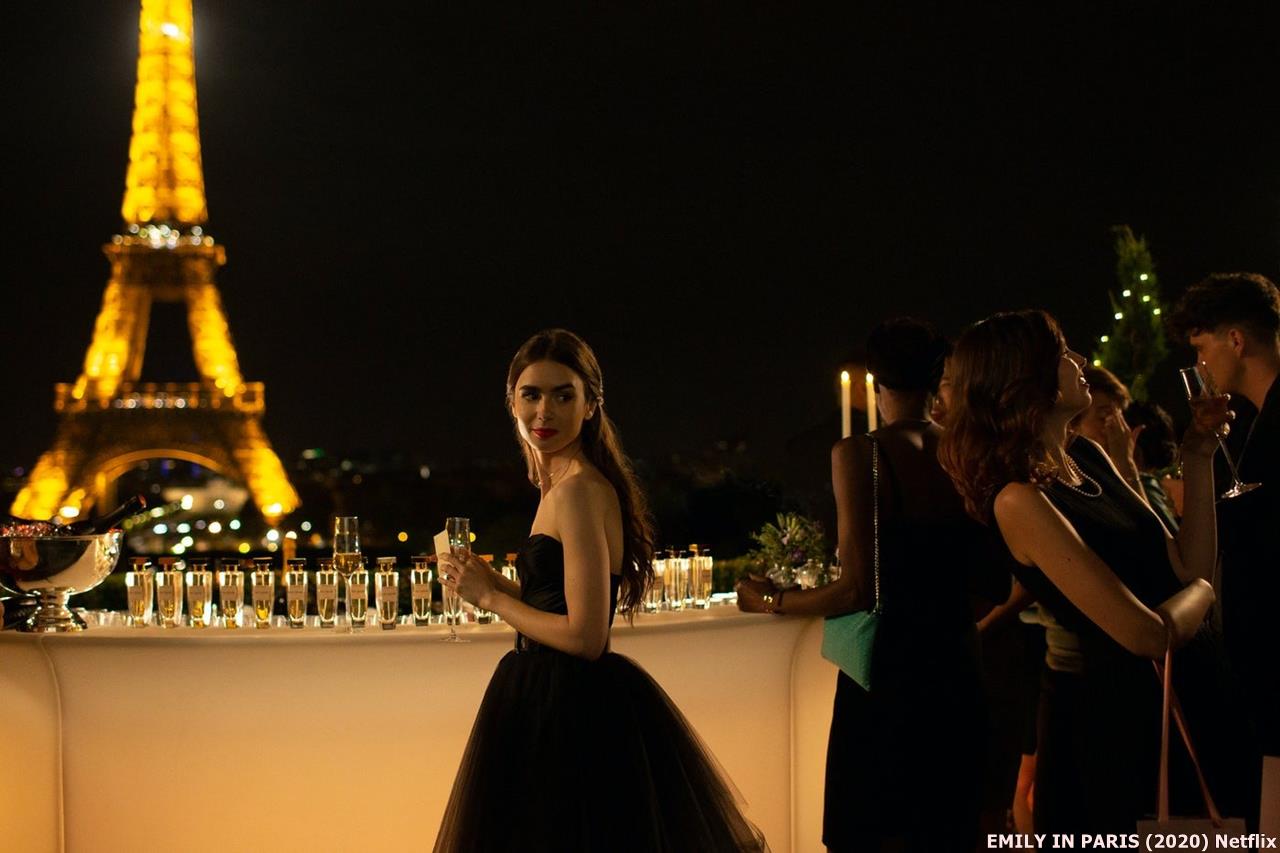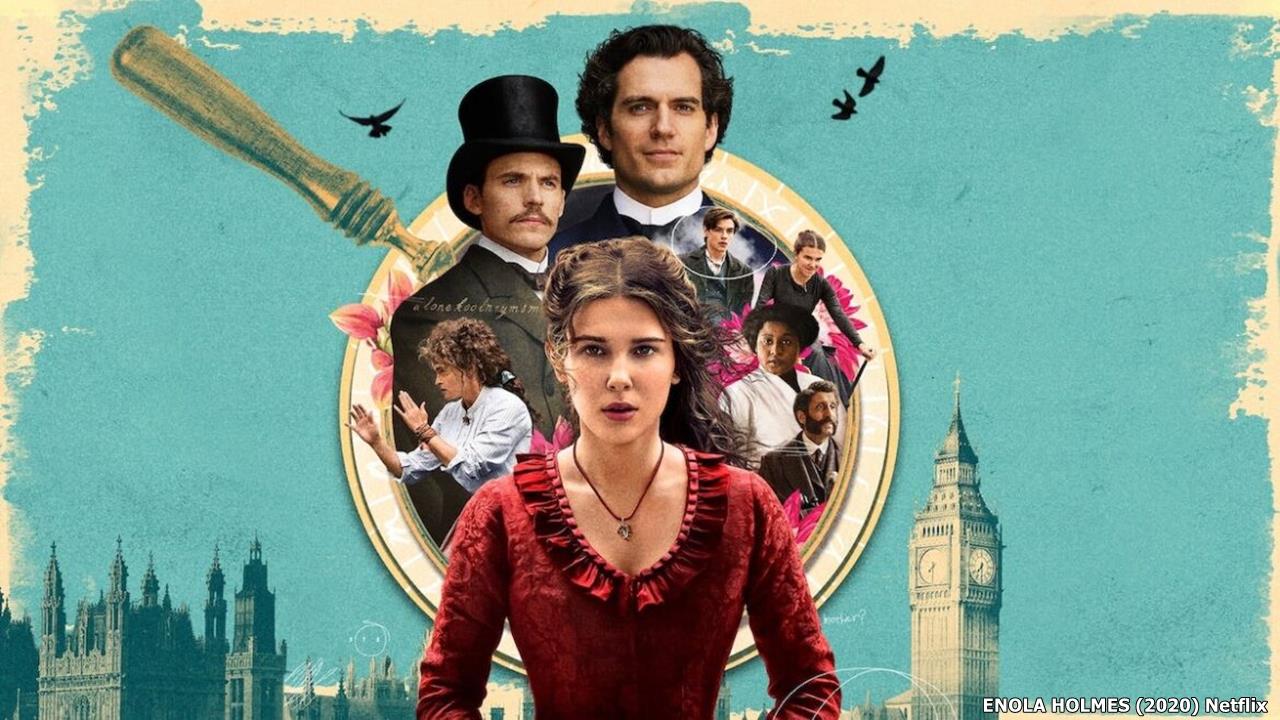CHAPPAQUIDDICK (2018) Production Notes
But instead of writing a biopic, Allen and Logan wanted to focus on this particular week in Kennedy's life because of the historical backdrop.
PRODUCTION NOTES
THE SCREENPLAY
CHAPPAQUIDDICK screenwriters Taylor Allen and Andrew Logan, who both grew up in
Dallas where John F. Kennedy was assassinated in 1963, had a strong emotional
connection to the Kennedy family, long before their 2015 screenplay landed on
the Blacklist. Living there, the tragedy in Dealey Plaza was impossible to
ignore and it sowed a lifelong curiosity about the Kennedys' Camelot. However,
neither had ever heard about CHAPPAQUIDDICK.
While watching Real Time with Bill Maher in 2008 Hillary Clinton had just lost
to Barrack Obama and Bill commented that it was because of Ted Kennedy's
endorsements of Barrack Obama that he unexpectedly beat Hillary for the
nomination and then what he said next, instinctually just grabbed us: Ted
Kennedy has changed presidential history because, if hadn't been for
Chappaquiddick, he would have been president in 1972 and it changed the course
of presidential history.
Taylor was 28 and knew he was a pretty smart guy and well educated. How could
something seemingly so important, been absent from the conversations about the
Kennedys.
The more we learned, the more this story unfolded with layers of intrigue, and
the implications were wide ranging.
"When we set out to write it we made very clear to ourselves that we
didn't want to make a conspiracy movie, that we wanted to make a character
study about Ted Kennedy and so that was how we wanted to approach telling a
story was through Ted Kennedy's perspective.
"As a human being, he's so underexplored in cinematic terms," Allen
says, pointing to films like 1991's JFK and 2006's BOBBY that have explored the
older Kennedys' lives. "Once you start looking into who Ted was, all roads
lead to Chappaquiddick. There's a younger audience that will really have their
eyes opened. For me, Ted is definitely the most relatable of the Kennedy
family, and in his youth, he was the black sheep of the sons. The press covering
him in the 1940s and '50s referred to him he as the 'overweight' Kennedy. He
was expelled from Harvard for cheating on a Spanish exam, which created a rift
with his father. Moments like these humanize him. That's why he struggled so
much to do the right thing in this situation."
But instead of writing a biopic, Allen and Logan wanted to focus on this
particular week in Kennedy's life because of the historical backdrop. The
country had seen the back-to-back assassinations of Martin Luther King Jr. in
April 1968 and Bobby Kennedy in June 1968. Ted was at his brother's side the
night he was shot at the Ambassador Hotel in Los Angeles, and Kopechne too had
worked on his presidential campaign. At this moment in July of 1969, the
country was watching the Apollo 11 space mission on TV, which fulfilled JFK's
promise to take America to the moon. Just two days after Ted leaves Kopechne to
die in shallow water, Neil Armstrong planted a flag on the lunar surface.
Ted had always lived in the shadow of two more successful older brothers, and
winning the presidency was his chance to redeem their legacy. In some ways, Ted
was the last hope of the Kennedy family. Something went spectacularly wrong
that night in the dark.
Because the incident is steeped in lore and conflicting information, Allen and
Logan decided the best way to tell the story was to go back to the 1970
Edgartown, Massachusetts Court inquest ("It's the Rosetta stone for every
book that's been written," Allen explains), after which Ted was given a
two-month suspended jail sentence. "We never wanted this to be a
conspiracy movie," Logan says.
"We pulled from objective facts to lay the groundwork-no insinuation, no
innuendo, but the real truth," adds Allen. "That's why our
collaboration with director John Curran was so successful because we shared
that passion for fact-finding." But their obsession, with including all of
the pertinent details had to be tamed at some point. "We thought that
every detail was rich and important," Logan explains, adding, "Our
first draft was 196 pages long. It was a beast. We had to chisel away to get to
the heart of the story."
The 1970 inquest boils down the story to a few incontrovertible facts, but the
truth continues to lie somewhere in between. Apex Entertainment's Mark Ciardi,
whose company fully financed the production and acquired the script from DMG
Entertainment in 2015, says the many layers of the Chappaquiddick story are
what make it relatable today. "It does feel uniquely current right now,
even though the story happened in 1969," Ciardi says. "You wonder how
Ted managed to avoid jail time. Who are all of these loyal people assembled to
help save his career? It really plays like a thriller, particularly for younger
audiences who aren't familiar with the story."
THE DIRECTOR
Ciardi, who acquired the script before it hit the Blacklist, says John Curran
was on his short list of directors from the beginning. "I've always been a
fan of John's. I loved THE PAINTED VEIL and had recently watched and enjoyed
TRACKS, so I wanted to get the script to him. He responded to the material, and
we saw eye-to-eye on the approach. We both really wanted this to take a
neutral, nonpartisan view of the story so that the audience can take what they
want from it. We didn't pick a side."
The fact that Curran and Clarke had already worked together helped make the
choice easier. "When the script came to me, Jason was already attached,
which was a big draw for me," Curran says. "Jason was in my first
film back in Australia (1998's PRAISE)."
Curran, like Allen and Logan, considers CHAPPAQUIDDICK a character study more
than anything. "The main thing for me was to make Ted human, not have him
be a cipher for a political point of view. CHAPPAQUIDDICK is a parable based on
truth. You couldn't call it a factual document because no one really knows the
truth about what happened below the bridge. We did it as honestly as
possible."
THE CAST
Finding the right actor to play such a recognizable public figure was a
delicate balance, Ciardi says. "Jason Clarke had been someone we looked at
early on in the process, and he was always my favorite. Jason's a great actor
and has the ability to embody his characters as opposed to watching an actor
play Ted Kennedy; plus, he kind of resembles Ted."
"I remember finishing it and thinking, I think I've just read something
quite extraordinary, like truly profound. I was very shocked and like angry is
the right word about, you know, the events and what happened" states
Clarke. "The strength of the film lies in watching this man's moral
choice, um, and how he came about to decide to do what he did and how he,
whether you want to say got away with it or how he lived with it or how the
world accepted it or processed it, is what's interesting."
The Mary Jo character was also important because Allen and Logan had emphasized
her accomplishments in the script, unlike how she was initially portrayed in
the media in real life after the accident. "The fact that she was young
and blonde immediately spun out of control," Logan says. "We wanted
people to know how bright she was and what a promising future she had. If the
audience could fall in love with her, then after she's gone her presence is
still felt." Kate Mara ultimately got the role of Kopechne.
To round out the rest of the cast, Curran looked to two comedic American
actors: Ed Helms and Jim Gaffigan. "The script has a very specific tone
that spans tragedy to dark comedy, and balancing that tone was always going to
be one of the biggest challenges. There are a lot of comedians that have great
dramatic chops, but there's not a lot in reverse, dramatic actors that have
comedic timing. I knew I could get that from Ed and Jim.
THE LOOK
In working to tell an authentic story, Ciardi and Curran wanted to get the
historical details correct for the look of the film, and that meant heading to
the titular location. Production spent two days shooting the ferry, the road
and the bridge in Chappaquiddick, as well as several weeks in the North Shore
of Boston. "There's such a specificity about where this story took place,
and you have to re-create that," Curran says. "I wanted the character
of the environment to be authentic. When you go out there and see
Chappaquiddick, you're struck by how remote and how dark it is."
For stunt work, production painstakingly re-created the infamous bridge at Baja
Film Studios in Mexico but having the opportunity to shoot and research in the
real Chappaquiddick was an invaluable part of the process. "The value of
shooting the real bridge in the film brought a real air of authenticity,"
Curran says.
Curran also credits his DP and production designer with giving CHAPPAQUIDDICK
an authentic look. "This is my third film with DP Maryse Alberti, and we
have a shorthand after three films together. She's really fast and really
inventive and has a great soul to her photography. And what production designer
John Goldsmith put together on a small budget was really impressive."



